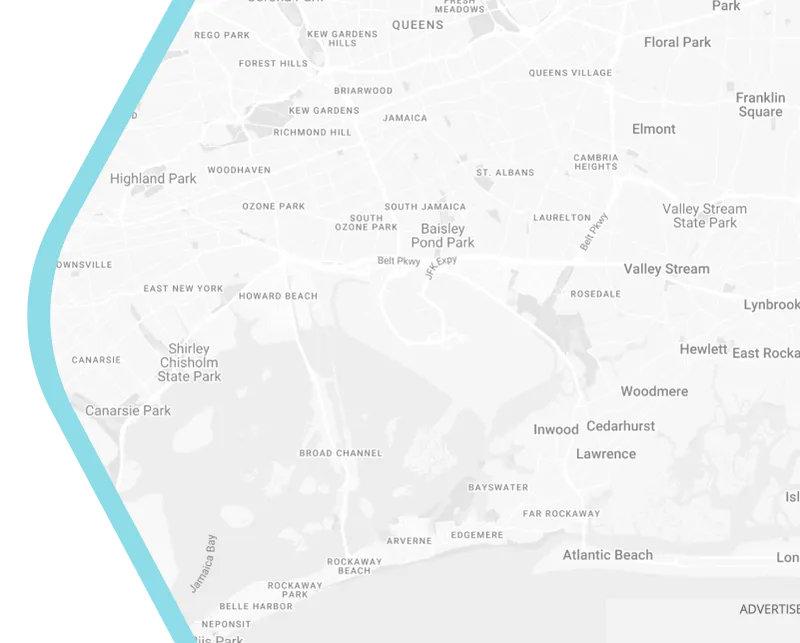
Cutting Costs and Deadlines, How AI Reshapes Smart City Construction in Australia
Australia’s cities are at a crossroads. As urban populations surge, the pressure to deliver infrastructure faster, smarter, and within tightening budgets grows exponentially. Enter artificial intelligence—a game-changer quietly transforming how cities like Sydney, Melbourne, and Brisbane build their futures. From predictive analytics to robotic automation, AI is rewriting the rules of construction, offering a lifeline to urban developers grappling with delays and spiraling costs.
The Rising Tide of Urban Challenges
Australia’s urban boom is undeniable. By 2030, Melbourne’s population is projected to reach 6 million, while Sydney’s infrastructure struggles to keep pace with its 5.3 million residents. Traditional construction methods, plagued by delays, budget overruns, and labor shortages, are buckling under this pressure. A 2022 Infrastructure Australia report revealed that 65% of major projects exceeded initial timelines, with cost overruns averaging 15-20%.
But beneath these challenges lies an opportunity. Cities worldwide are turning to AI-driven solutions to streamline workflows, optimize resources, and deliver projects that align with the vision of sustainable, connected smart cities.
AI’s Role in Building Smarter Foundations
Imagine a world where construction sites anticipate delays before they happen. AI-powered tools like generative design are making this possible. By analyzing vast datasets—from soil composition to traffic patterns—these systems generate optimized building plans that reduce material waste by up to 30%. In Perth, developers used AI to redesign a mixed-use precinct, slashing steel usage by 22% without compromising structural integrity.
Meanwhile, predictive maintenance algorithms monitor machinery in real time. Sensors embedded in cranes and excavators predict equipment failures days in advance, minimizing downtime. A Melbourne tunnel project reported a 40% drop in machinery-related delays after adopting such systems.
Slashing Costs Through Intelligent Automation
Labor costs account for nearly 50% of construction budgets in Australia. AI is tackling this head-on with robotic automation. Autonomous bulldozers and bricklaying robots, guided by AI, work around the clock with precision. On a Brisbane high-rise site, drones equipped with LiDAR mapping reduced surveying time from weeks to hours, saving the developer $1.2 million in labor costs.
But AI’s impact extends beyond machinery. Machine learning algorithms analyze historical project data to forecast risks—from supply chain disruptions to weather events—allowing teams to pivot proactively. A Sydney smart housing project leveraged these insights to avoid $800,000 in overtime penalties by rescheduling tasks during predicted rain delays.
Accelerating Timelines Without Compromise
Time is the silent killer of urban projects. AI compresses schedules through digital twin technology, creating virtual replicas of construction sites. These models simulate scenarios, from crowd flow in stadiums to stress tests on bridges, identifying bottlenecks before ground is broken. Adelaide’s recent tram network expansion used digital twins to shorten the planning phase by six months.
Collaborative AI platforms also streamline communication. Cloud-based tools like Construction OS sync architects, engineers, and contractors in real time, reducing rework caused by outdated blueprints. A Gold Coast developer credited such platforms with shaving 14 months off a 5-year hospital build.
Navigating the Human-AI Partnership
For all its promise, AI isn’t a silver bullet. Workforce upskilling remains critical. Programs like TAFE NSW’s AI in Construction certification are bridging this gap, training operators to manage AI systems. Ethical concerns, particularly data privacy, also loom large. Queensland’s Smart Infrastructure Policy now mandates encryption standards for AI tools used in public projects.
Yet the momentum is unstoppable. By 2030, PwC estimates AI could contribute $20 billion annually to Australia’s construction sector—a windfall for smart city solutions nationwide.
The Road Ahead for Australian Smart Cities
From the sun-baked suburbs of Darwin to the bustling docks of Hobart, AI is quietly laying the groundwork for Australia’s next urban revolution. As Brisbane prepares to host the 2032 Olympics, its $5 billion infrastructure overhaul—guided by AI—offers a glimpse of this future: faster, leaner, and relentlessly innovative.
For city planners and developers, the message is clear: embrace AI or risk being outpaced. The smart city blueprint is no longer a fantasy—it’s a code being written in real time, one algorithm at a time.
